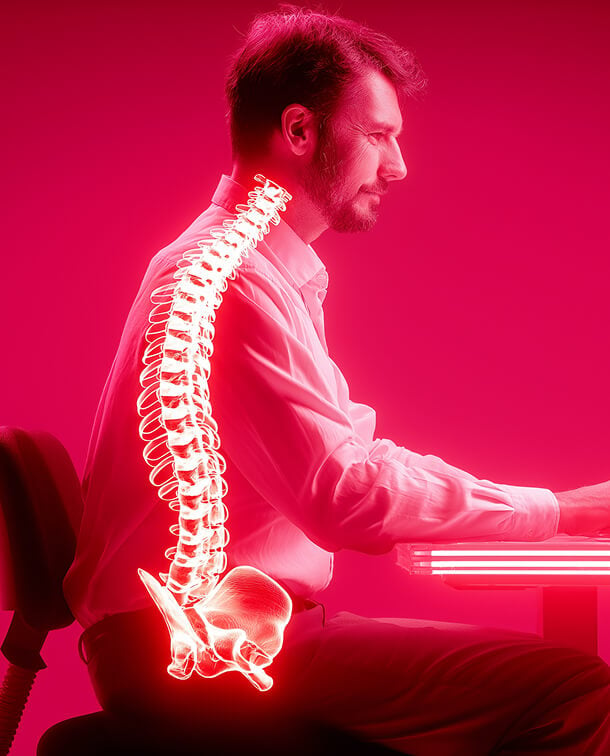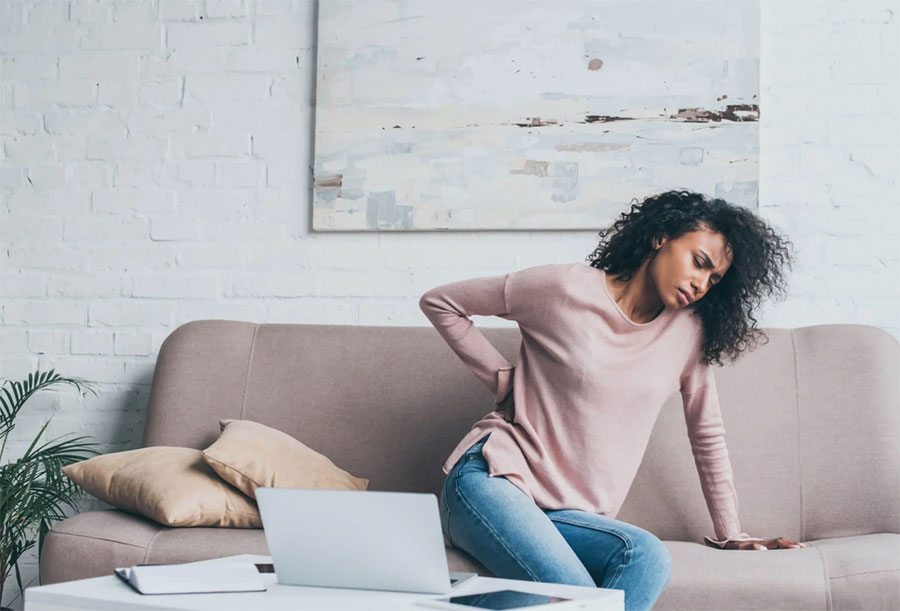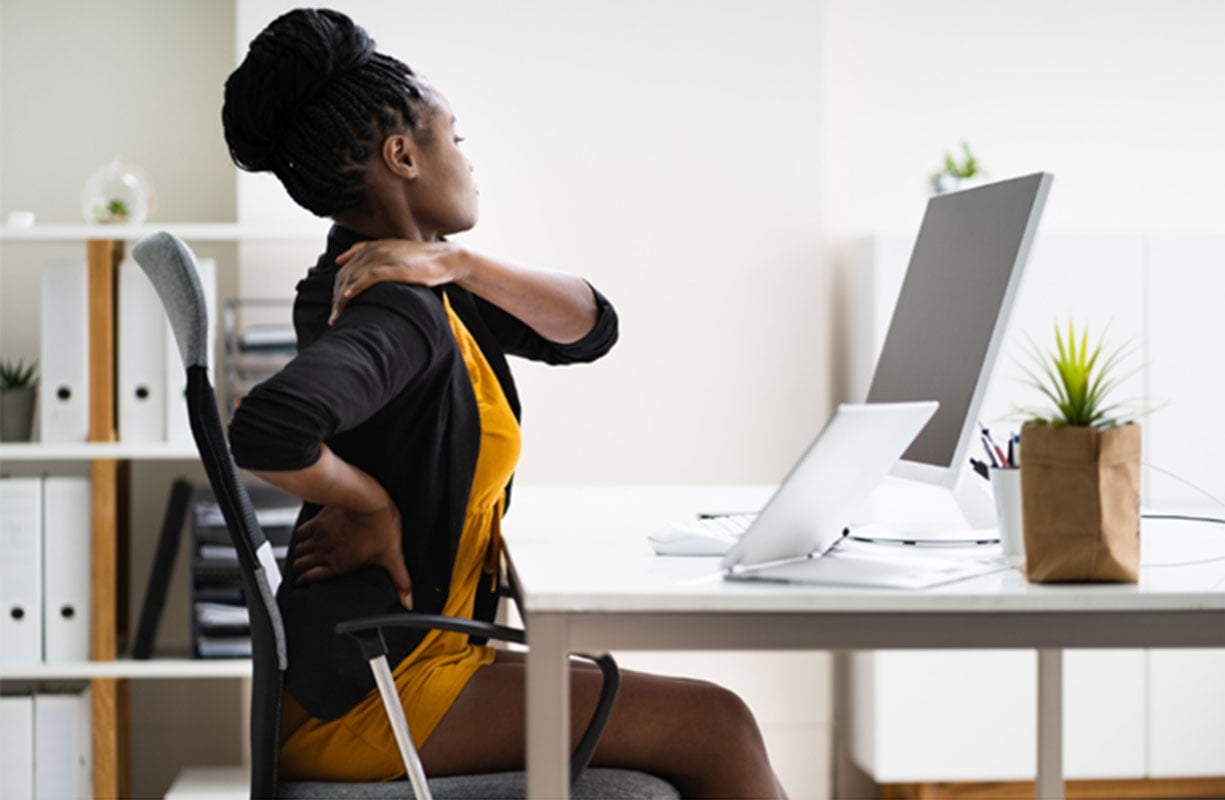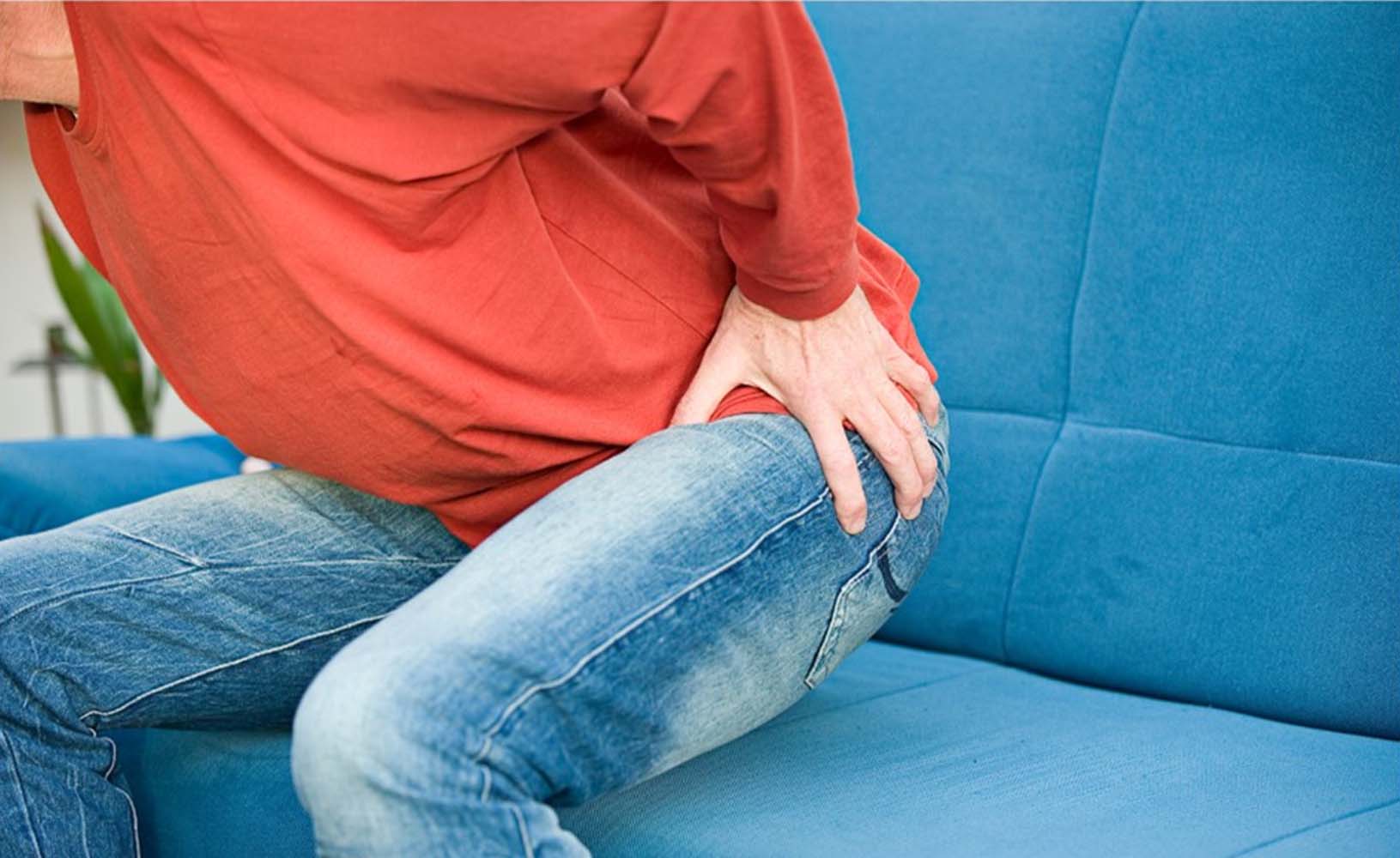Good posture is important for maintaining overall health and wellness.
It can affect everything from mood to self-esteem, preventing injury, preventing fatigue and discomfort, and more. With all the benefits, why is it so hard to sit in good posture? Just like anything, multiple possibilities need to be considered.
Poor ergonomics: If your chair or desk is not set up to accommodate your body, it can make it hard to maintain good posture. For example, if your chair is too high, your feet will dangle, and you’ll slouch and slide forward to try and find support. Or, if your desk is too high, you may have to reach up to type or write, leading to discomfort and poor posture.1
Poor support: If you spend most of your day sitting, it can be hard to maintain good posture for long periods if the chair doesn’t support the body in the right way. Our bodies default to a position of least resistance. So, when a chair doesn’t support the body in the right way to sit in good posture, we’re unable to maintain an upright posture for long periods and we will eventually slouch. In other words, the chair we choose to sit in for a prolonged time is critical to achieving better posture!
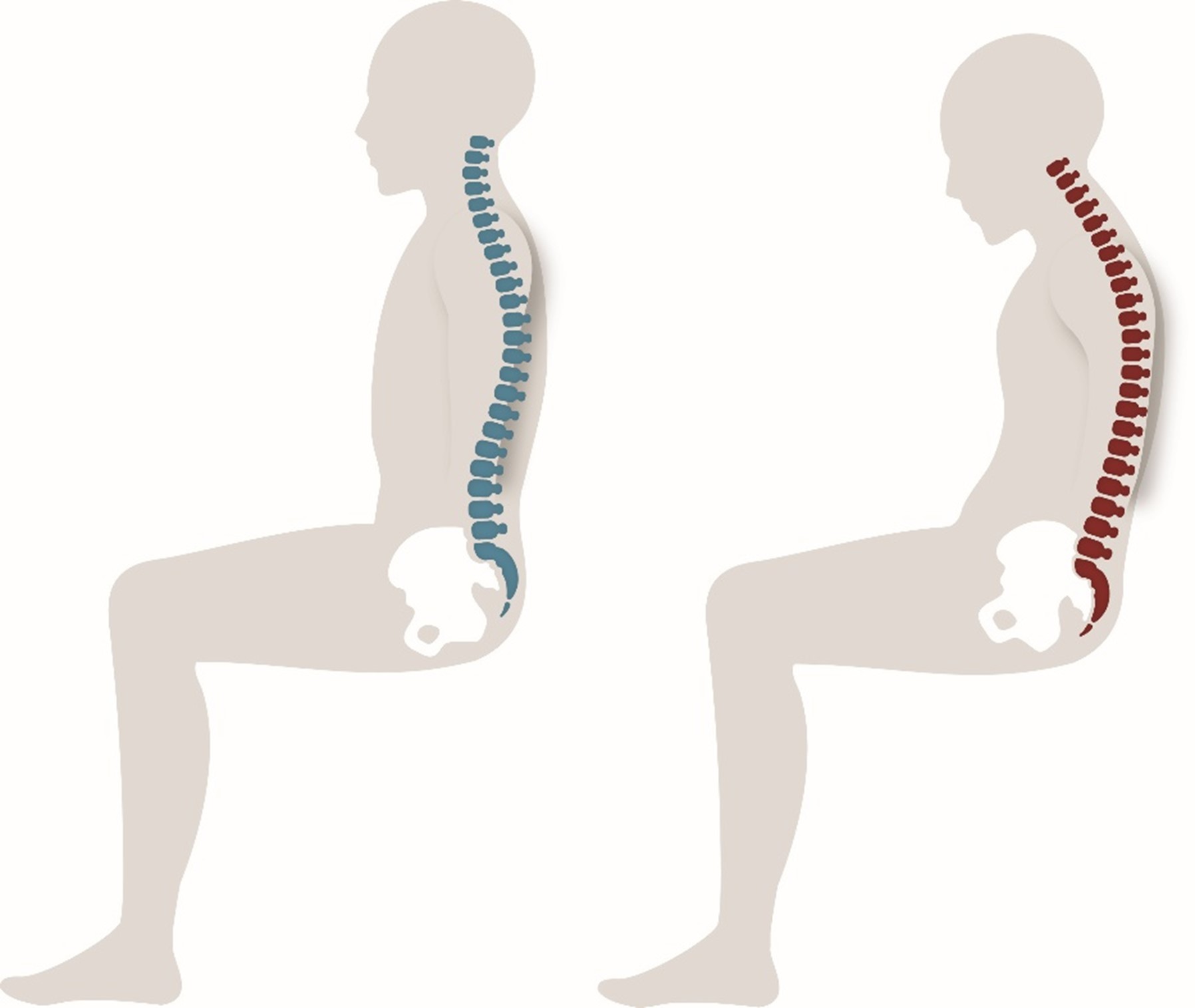
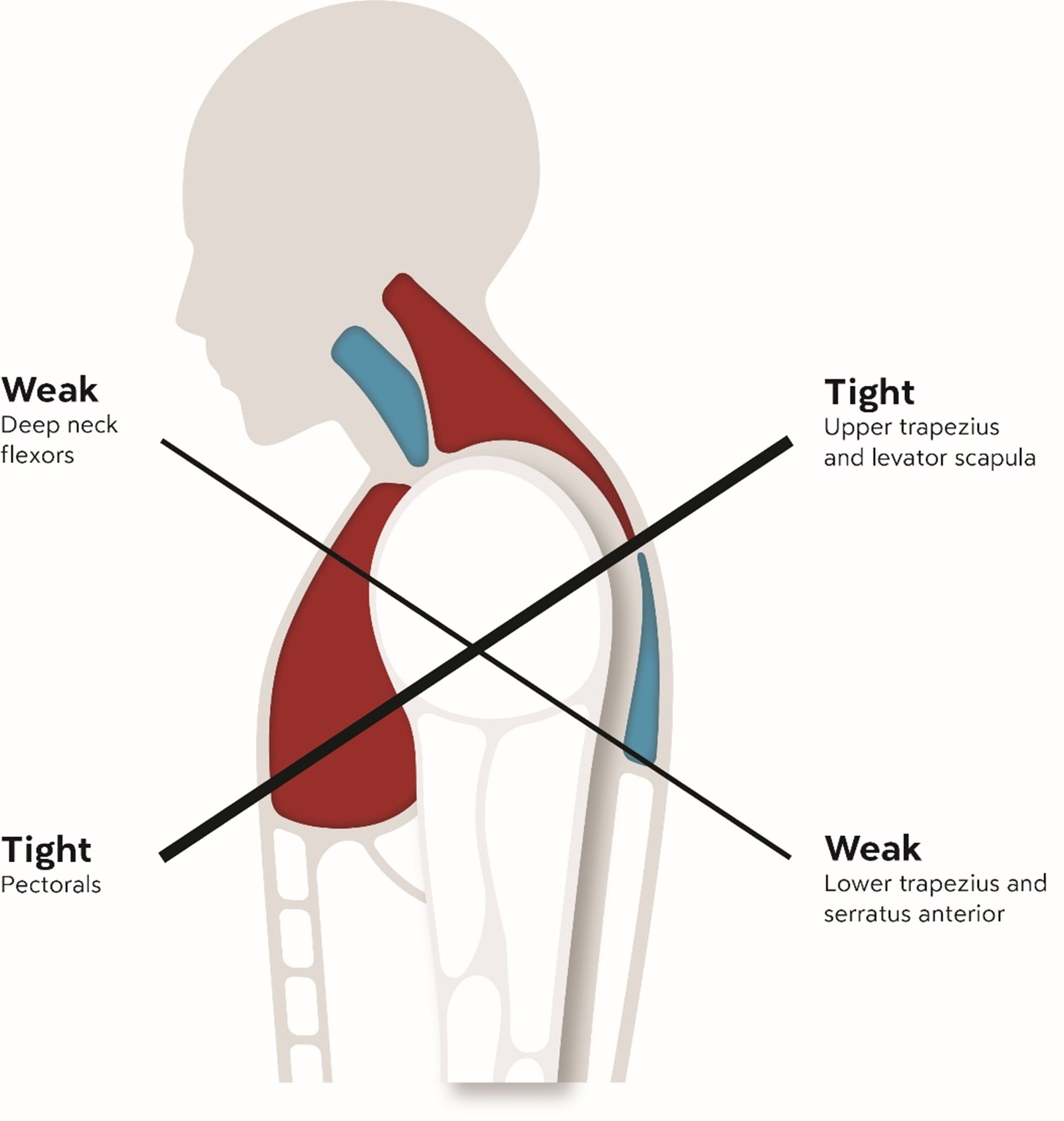
Poor muscle tone: Good posture requires strong and balanced muscles to support the spine and maintain alignment. If you have weak muscles or muscle imbalances, it can be hard to maintain good posture for long periods.2
Stress: Stress can cause us to tense up, and without realizing it, leads to poor posture. Slouching or hunching over can be a sign of stress or anxiety, and over time it can be hard to maintain good posture if you're feeling overwhelmed or stressed out.
Habitual poor posture: If you have developed poor posture habits over time, it can be hard to break those habits and sit in good posture. This is because our body adapts to the position it is in for prolonged periods. This means if I sit in a slouched posture every day, my muscles and tendons adapt and will shorten/tighten on the front side of my body, and lengthen and weaken on the back side of my body. This muscle imbalance that develops from habitual poor posture takes time and intention to undo.3
So, what is the solution to sitting better if I have to sit all day, every day for work?
The first step is to use a chair that supports the body in the right places, and this has nothing to do with lumbar support! The key to sitting upright and well is supporting the angle of the pelvis. The angle of the pelvis determines the position of the spine since they are connected by ligaments at L5.1
When the pelvis is in a neutral position, the spine will be upright, when the pelvis rolls backward, the spine goes into a slouched “C” curve. Having a chair that can support the pelvis in an upright position, takes the “work” out of trying to sit upright.
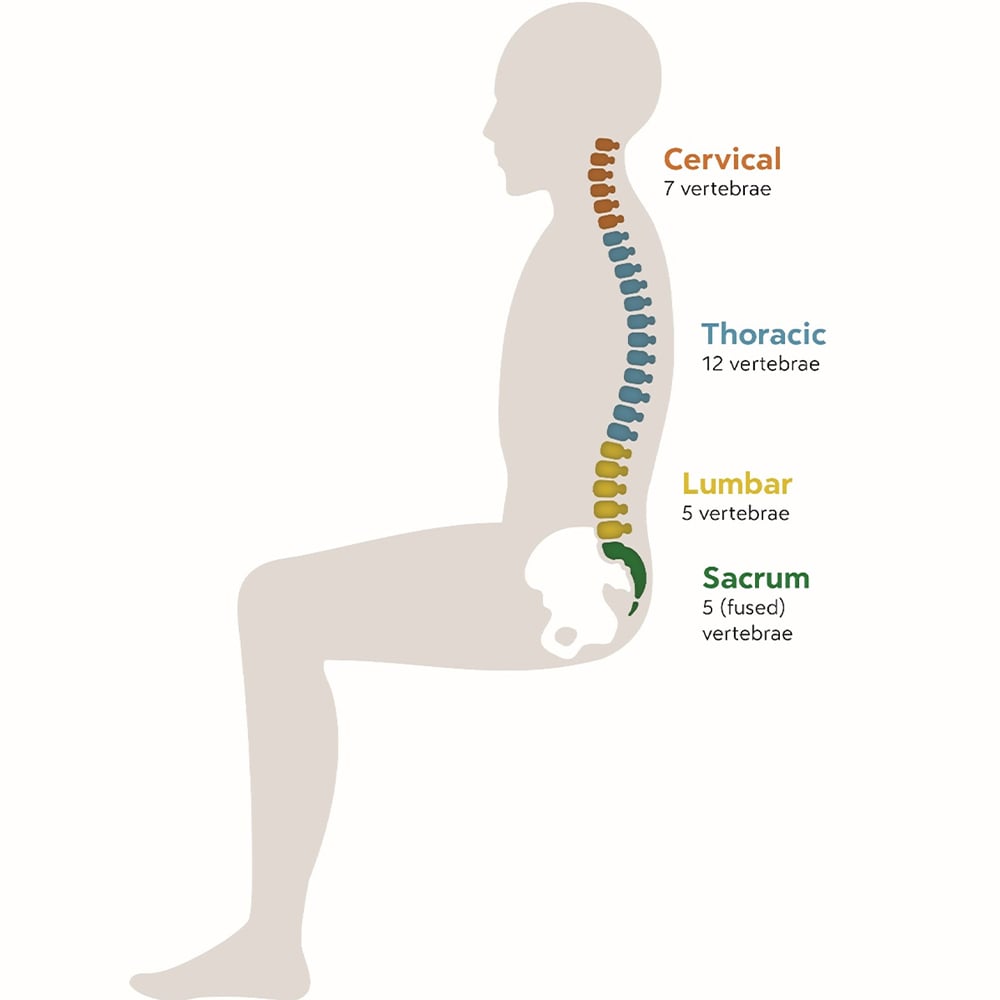
Anthros is the only chair with an independently adjustable two part back system. The low back pad is specifically designed to support and hold the pelvis, which results in an effortless upright posture.
If you are looking to improve posture and comfort while sitting, look no further than Anthros.
Anthros is the only chair in the world that is guaranteed to improve posture or your money back. The science-backed, patented design is registered with the FDA as a posture-improving chair and is proven to have the lowest pressure (most comfortable) cushion on the planet (verified by university testing).
Take the next step to reducing pain, increasing comfort, and maximizing performance!
References
1. O’Sullivan P, Dankaerts W, Burnett A, et al. Lumbopelvic kinematics and trunk muscle activity during sitting on stable and unstable surfaces. Journal of Orthopaedic & Sports Physical Therapy 2006b;36(1):19e25
2. Kim D, Cho M, Park Y, Yang Y. Effect of an exercise program for posture correction on musculoskeletal pain. J Phys Ther Sci. 2015;27(6):1791-1794. doi:10.1589/jpts.27.1791
3. https://www.physio-pedia.com/Posture
Recent Post
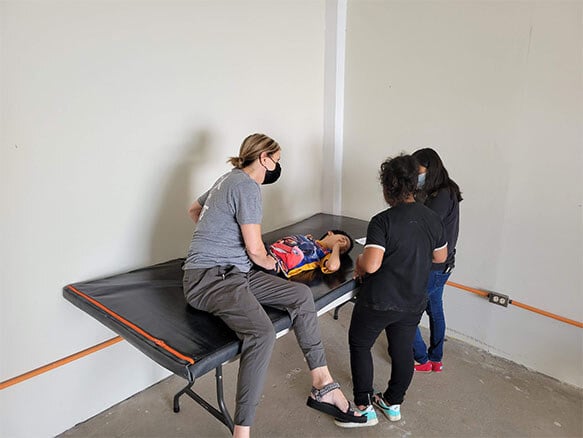
Four Lessons About Seating Everyone Can Learn from Wheelchair Users
September 18, 2025Working with wheelchair users has been an...
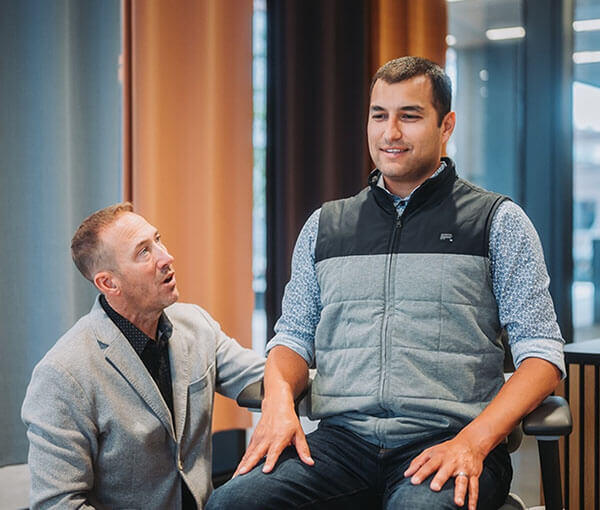
People Over Profits: Why Anthros Puts Comfort and Care First
September 17, 2025At Anthros, our mission is simple: to put people...





